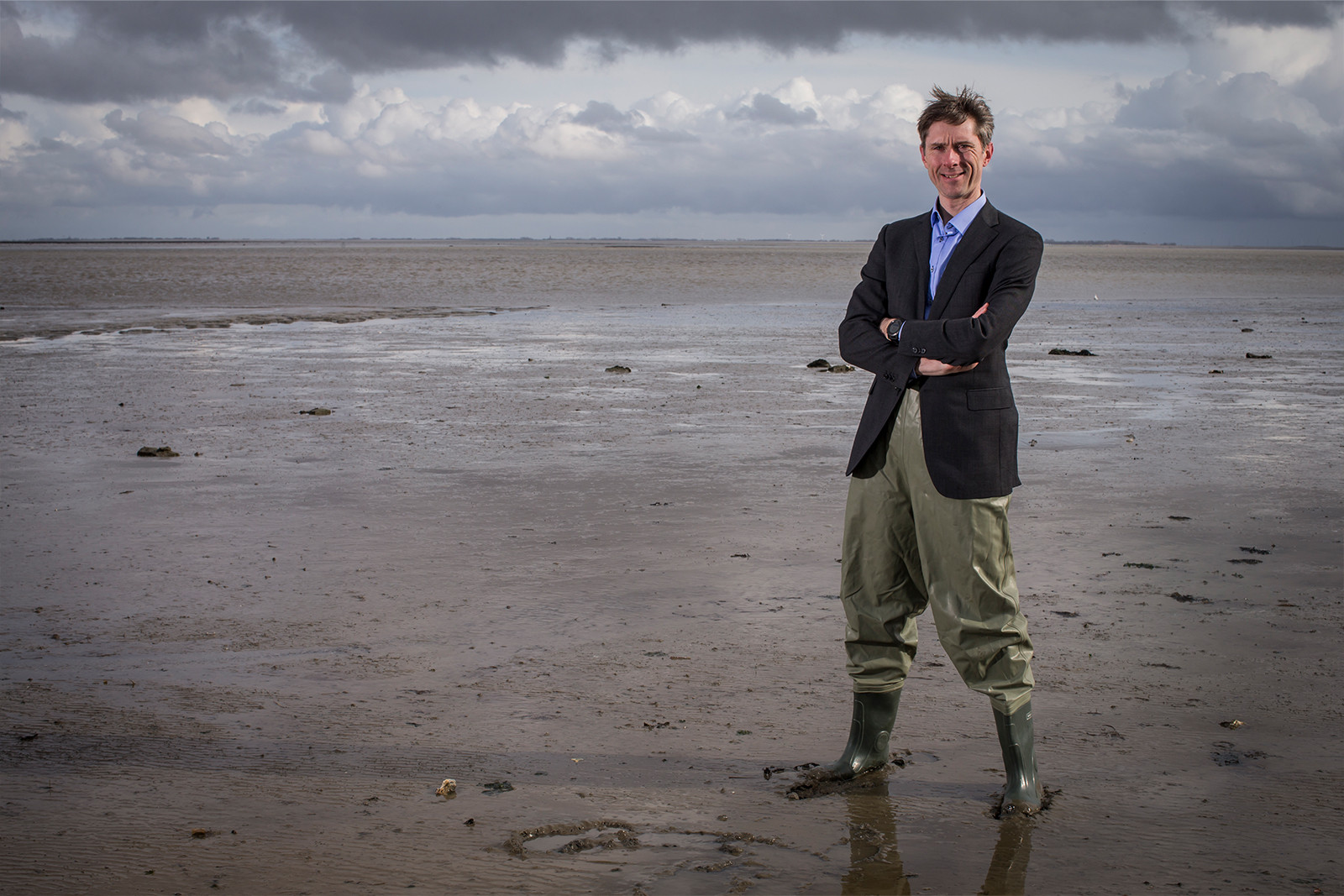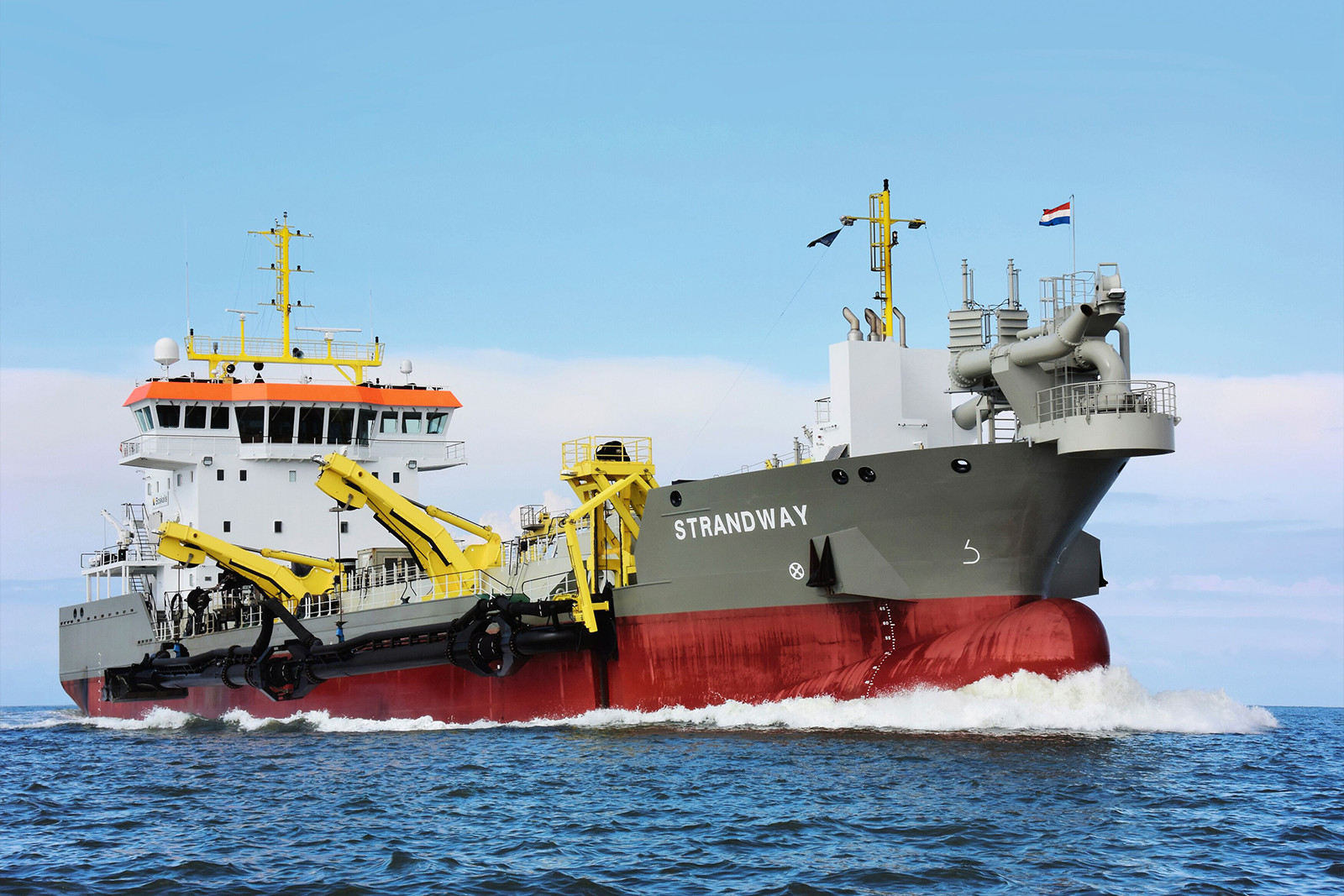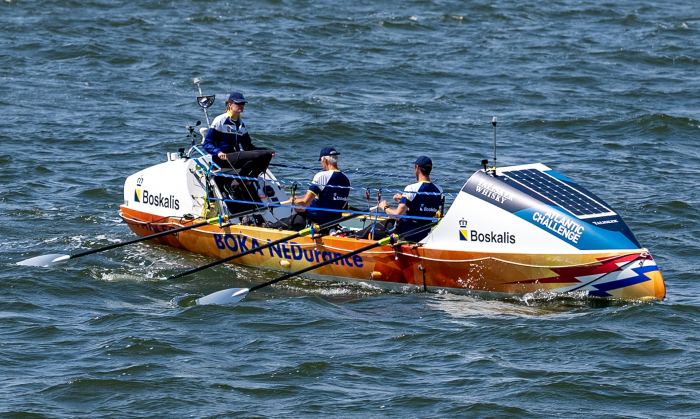Dredge sand in one location and take it to where you need it. It sounds so simple. It is anything but. In a consortium with researchers, nature organizations, the Dutch Directorate General for Public Works and Water Management (Rijkswaterstaat) and the fishing industry, Boskalis will spend the next four to five years looking at how to extract sand from the borrow areas off the Dutch coast in an ecologically responsible way.
Better still: the ultimate aim of the study is to develop an approach that will actually enhance the ecosystem in and around the extraction site. Current government policy is designed to keep sand extraction as shallow as possible. Trailing suction hopper dredgers therefore only dredge to a relatively shallow depth in the seabed. The idea behind this policy is that ecosystems below the surface recover relatively quickly because the impact is reasonably limited. However, it is clear that larger amounts of sand will be needed in the years to come. For example to reclaim land for homes, maritime infrastructure, and port expansions. But also to raise existing beaches and dunes to protect the coast from accelerating sea level rise.
Model calculations
With the need to extract larger volumes of sand, making extraction sites deeper is one way to reduce the surface area affected. The study, for which the Dutch Research Council (NWO) has earmarked EUR 5 million, is focusing on deeper sand extraction in the North Sea: up to 6 meters below the current seabed. Using model calculations, engineers from the universities of Wageningen, Delft and Twente in the Netherlands are researching to what depth sand can be extracted in various sand extraction designs, and in different locations along the Dutch coast. The aim is to design an approach that leads to less disruption of the ecosystem and, where possible, the improvement of the system. “The conditions in the area offshore the ports of Rotterdam or Vlissingen are completely different from those near IJmuiden or the Wadden Islands” says researcher Martin Baptist, who is leading the OR ELSE project (Operational Recommendations for Ecosystem-based Large-scale Sand Extraction) on behalf of Wageningen Marine Research.


Combination of data
The project combines data and model results in several domains. They include hydraulics, seabed characteristics, presence of organisms, and the current bed morphology, but also the presence of pipelines and other underwater structures such as infrastructure for the construction of future wind farms. This integrated approach will result in a digital chart bursting with information, as well as a serious game for spatial planning. Boskalis tender manager Daan Rijks believes that all the parties working on the North Sea in this complex underwater landscape will benefit from such an integrated digital-twin model. “The fishing industry and renewable energy sector, we as dredgers, but also the natural ecosystems: everyone is active in the same area of the North Sea. By balancing and strengthening those interests in a fair way, you can turn two plus two into five.”
Joint endeavor
Ecological enhancement based on underwater landscaping and sand extraction at the same time. This is an inspiring prospect for the parties involved: the dredging sector with Boskalis as a leading knowledge partner, Rijkswaterstaat, the fishing industry and a range of nature organizations. Rijks: “We are involved with this research program because of our joint ambition to deliver the best possible solution for all parties. And that means we need to understand each other’s perspective by using data and fundamental research. The fact that we are all around the same table and want to go down this road is a major achievement in itself. In the North Sea, we are all sharing the same area and, by working together, we can ensure we work efficiently and responsibly. After all, in relative terms, the available space is limited.”
The ultimate aim of the study is to develop an approach that will actually enhance the present ecosystem
Sole, mackerel and plaice
When Baptist looks ahead to describe the possible outcomes after the five years of research, he sees dredgers benefiting from the knowledge that fishermen have about the seabed, and vice-versa. The same applies to the goals of nature organizations relating to improving living conditions for all the animal species in and on the seabed. Dredging companies can help to shape the bottom of an “empty” extraction area in such a way that small worms or other organisms colonize it again quickly: fish such as sole, mackerel or plaice return in larger numbers, making them easier to find for fishermen or anglers. “Silt-rich soil attracts sole, and mackerel like to swim a little deeper before they go hunting near the surface,” Baptist says. “With that kind of knowledge in mind, you can try to create fish-rich extraction areas.”
Efficient operations
The more complete our knowledge of the North Sea is, the more successful the study will be. The dredging fleet and dredging projects can benefit enormously in the long run: for example, if an area can be dredged three times deeper, the relative distance travelled to land is smaller than when a larger area has to be dredged. That not only cuts fuel consumption and related carbon emissions, it also means that a vessel can complete sand extraction operations faster and the project can be executed more economically. “It is clear that we will have to extract larger volumes of sand in the Netherlands in the years to come,” says Rijks. “On top of that, as a company, we want to respect nature and the interests of other parties in, on or near the water. I am convinced that, by working together on this study with all of the stakeholders, we can develop an approach that will result in the achievement of our ultimate aim: enhancing the North Sea ecosystem in and around the extraction sites.”
